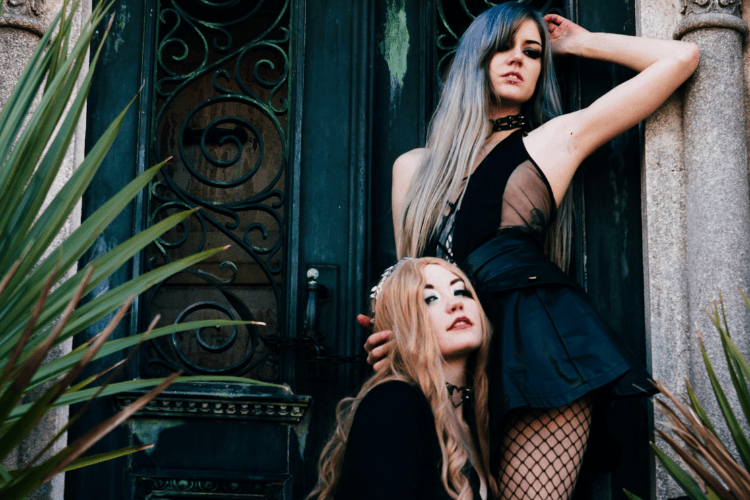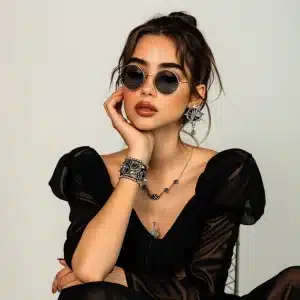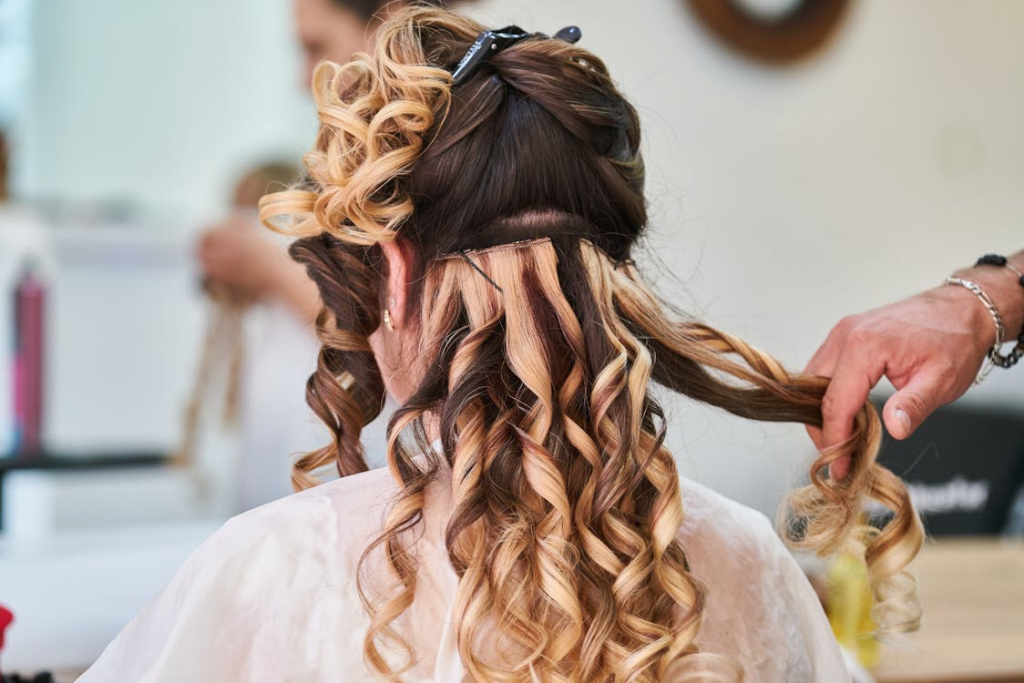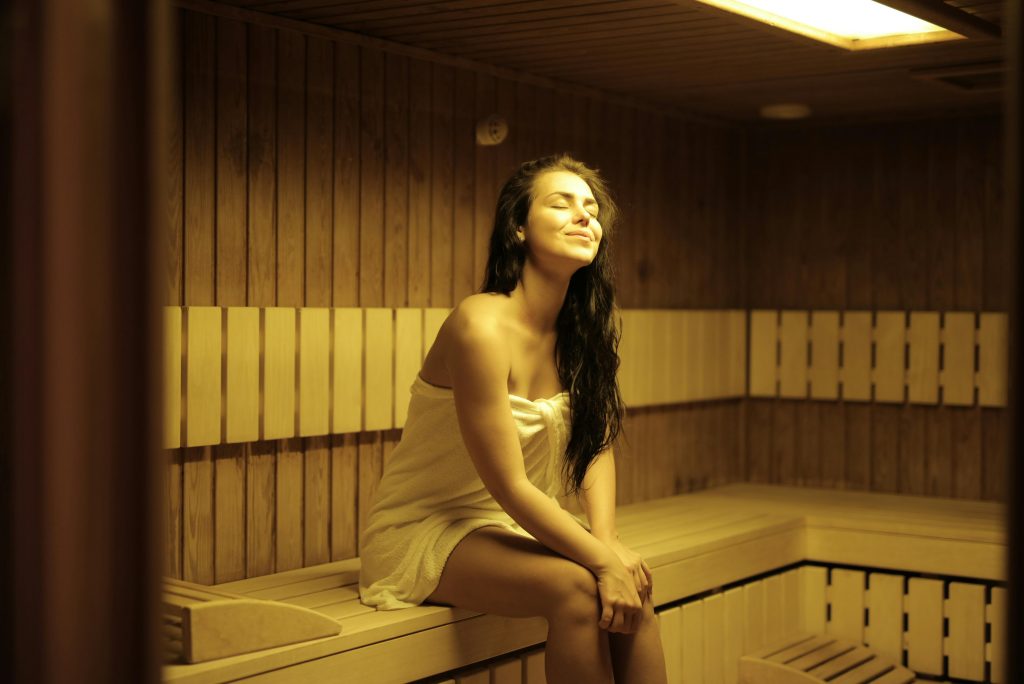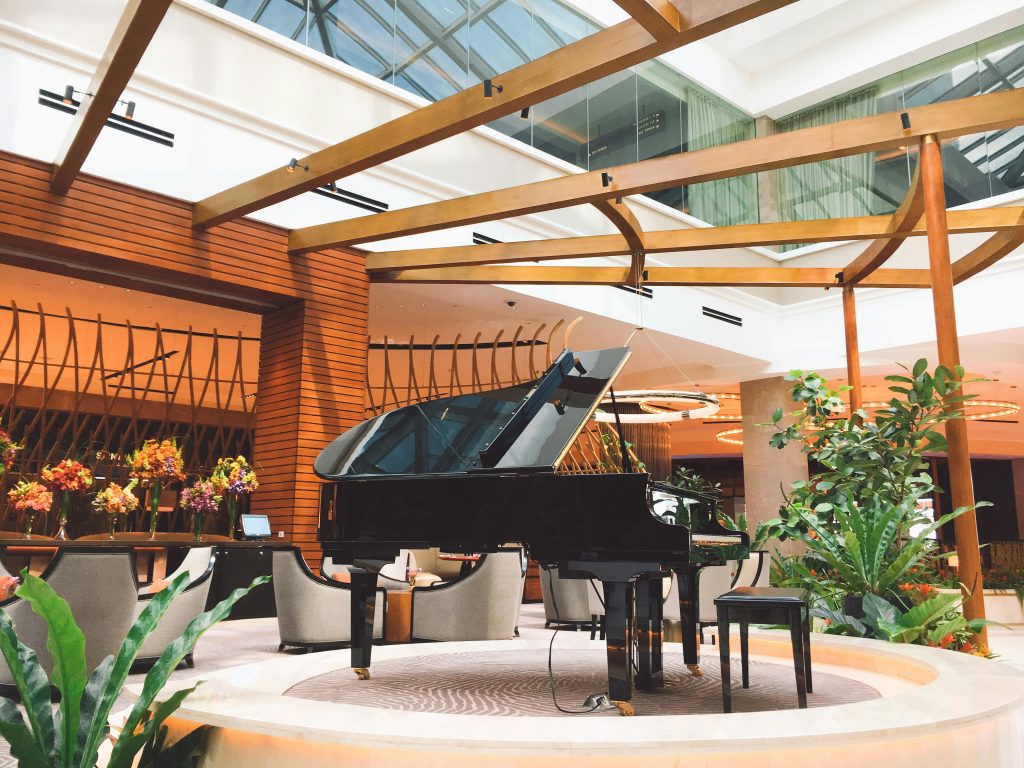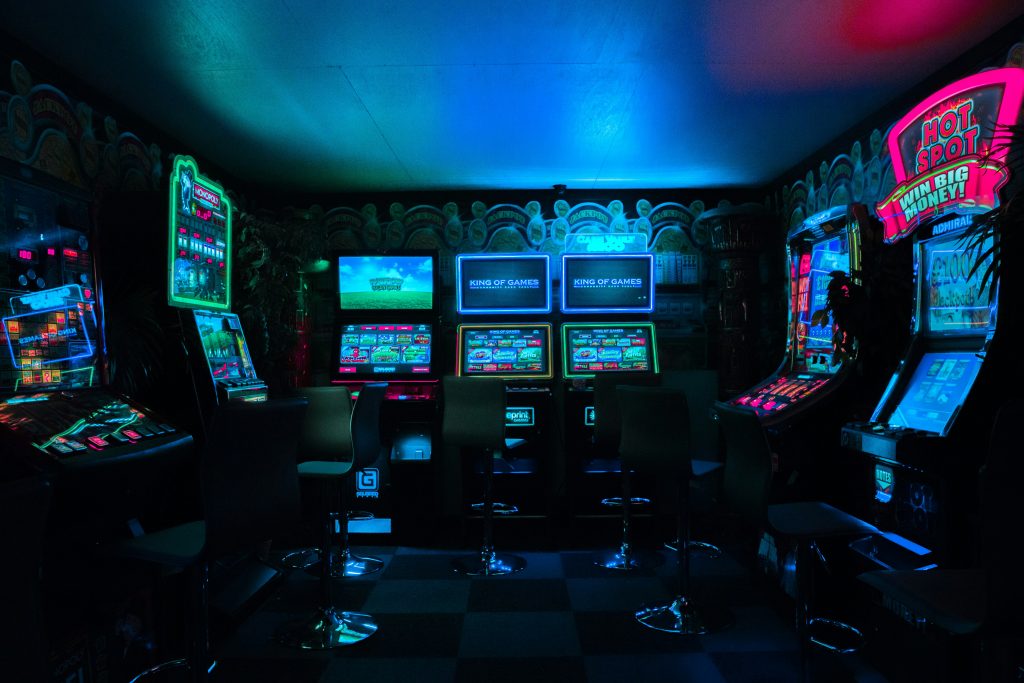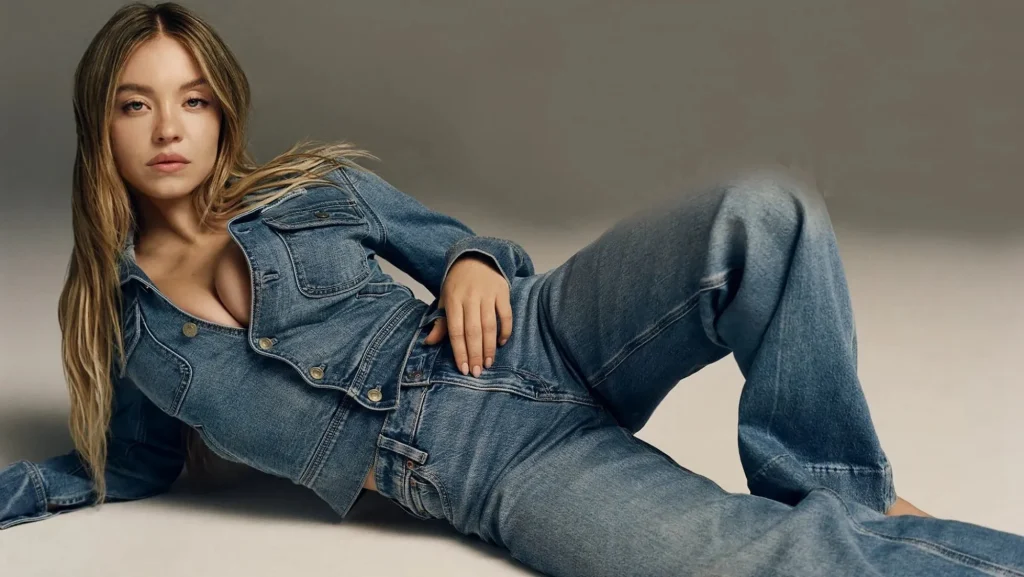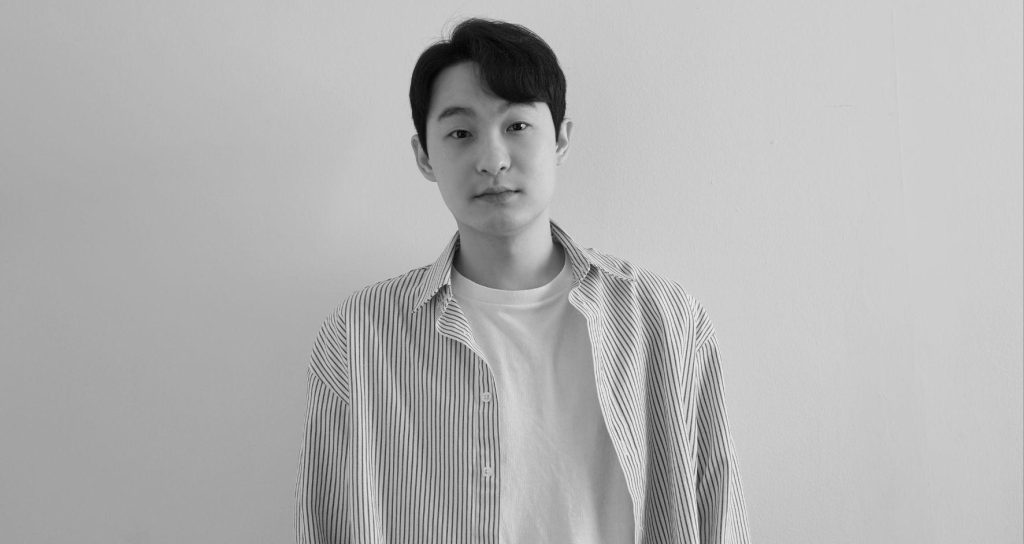Fashion is far more than just what we wear—it’s a powerful form of self-expression, often deeply tied to culture, identity, and even music. Over the years, music and fashion have been intertwined in ways that shape trends, build communities, and influence cultural movements. One of the most exciting intersections of this is in the world of alternative fashion, where goth, rave, and other non-mainstream styles are not just trends but reflections of attitudes, identities, and countercultures that challenge the mainstream.
From the dark, brooding allure of goth fashion to the vibrant, energetic aesthetics of rave culture, alternative fashion has made a significant impact on the music industry. As these subcultures evolve, they are increasingly embraced by both music lovers and fashion enthusiasts alike.
This movement is not only about rebellion or standing out in a crowd—it’s about embracing the individuality and freedom that music and fashion can offer. In this article, we’ll explore how alternative fashion—particularly goth and rave outfits—has shaped music culture, with a spotlight on how some brands are playing a role in this fascinating evolution.
The Origins of Goth Fashion in Music
Goth fashion is often associated with the post-punk movement of the late 1970s and early 1980s. Bands like Bauhaus, Siouxsie and the Banshees, and The Cure were the pioneers of this new sound, which fused dark, atmospheric tones with introspective, sometimes eerie lyrics. As their music resonated with listeners, a distinct fashion emerged—characterized by black clothing, dramatic makeup, and an overall sense of mystery and defiance. The goth subculture was born, and with it, an iconic aesthetic that has endured for decades.
Goth fashion is deeply influenced by the music itself. The dark, melancholic tones of the music are mirrored in the clothing choices—black lace, leather, velvet, and fishnets, often accented with silver jewelry and dramatic makeup. It’s a look that expresses both melancholy and defiance, a rejection of the status quo, and a celebration of individuality.
For those immersed in goth culture, fashion isn’t just about looking different; it’s about embodying the values of the music. The attire becomes a visual representation of the feelings evoked by the music—emotions that aren’t often expressed in mainstream culture. This deep connection between music and fashion is why goth style continues to influence modern fashion, music, and even mainstream celebrities.
Rave Fashion: Bright, Bold, and Expressive
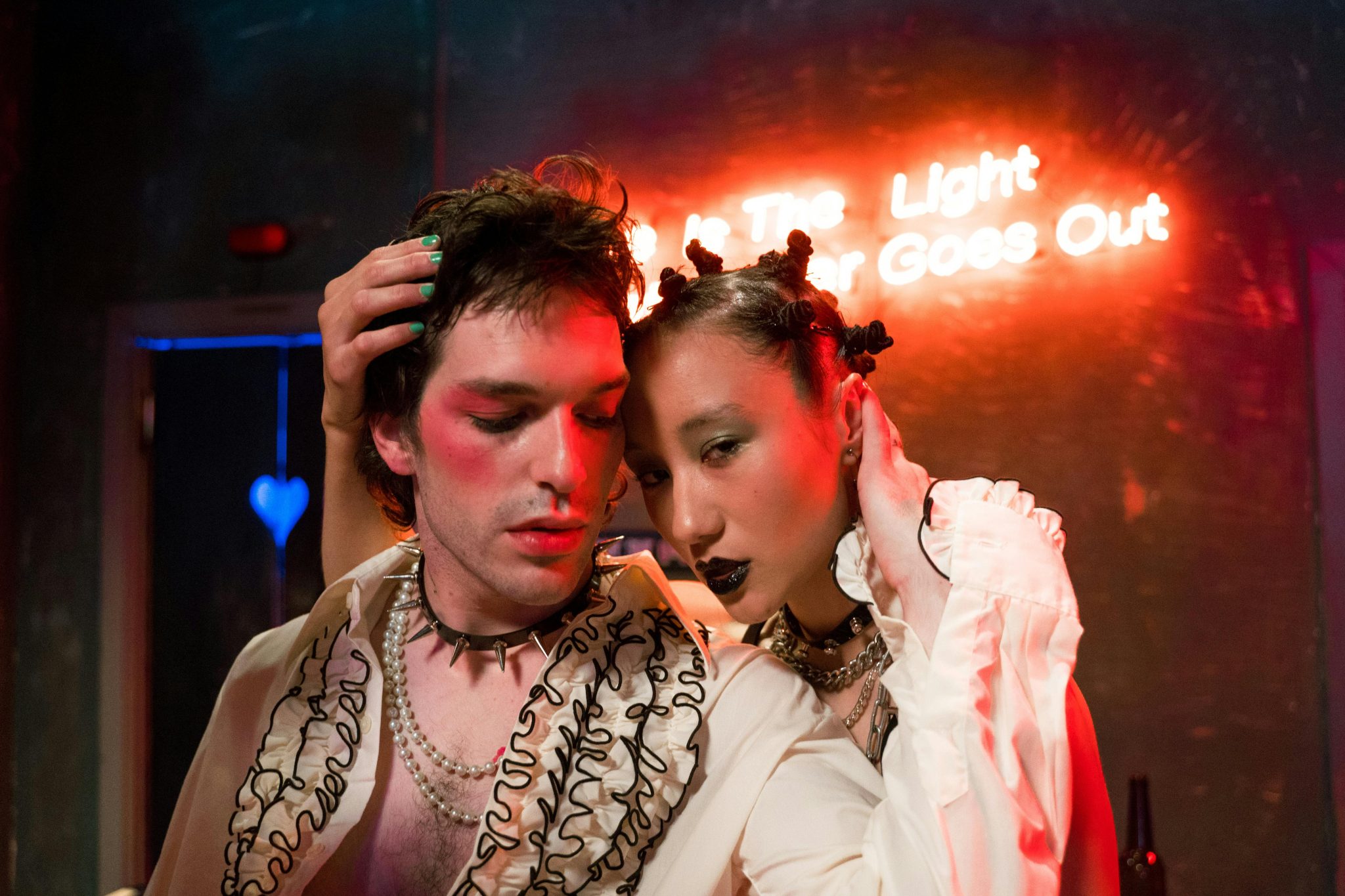
Rave culture, which emerged in the late 1980s and early 1990s, has also made a lasting impact on fashion. Unlike goth fashion, rave fashion is rooted in the bright, neon, and expressive aesthetics that are inspired by the energetic beats and vibrant sounds of electronic dance music (EDM). The rave scene was about liberation and freedom, where individuals could lose themselves in the music, surrounded by like-minded people who celebrated music, art, and community.
The fashion associated with rave culture is just as bold as the music itself. Bright neon colors, glow-in-the-dark accessories, and reflective materials are staples in rave fashion. It’s about standing out and being unapologetically unique—just like the music it accompanies. Baggy pants, mesh tops, and oversized T-shirts, paired with comfortable footwear (to withstand hours of dancing), are often staples. Rave fashion also incorporates tribal-inspired accessories, candy necklaces, and kandi, all representing the joyful, free-spirited nature of rave culture.
Rave fashion has continually evolved as the culture itself has grown and expanded. From the underground warehouse parties to the massive music festivals of today, rave attire has become more than just a trend—it’s a symbol of unity, freedom, and expression. And much like goth fashion, rave outfits continue to influence not only music culture but also streetwear, high fashion, and mainstream trends.
How Alternative Fashion Shapes Music Culture
Music and fashion have always been intertwined, but the influence that alternative fashion has had on music culture is undeniable. For both goth and rave subcultures, fashion is a way to communicate identity and values, making it an important part of the culture’s overall ethos. These alternative fashion styles have shaped how music is experienced, how individuals relate to it, and how music fans present themselves to the world.
Self-Expression Through Fashion
One of the most significant ways in which alternative fashion influences music culture is through self-expression. Both goth and rave communities use fashion as a way to communicate their identities. In a world where conformity often reigns, these alternative fashion styles provide an outlet for individuals to express their individuality.
For goths, the dark, moody aesthetic of the fashion allows them to communicate a deeper connection with the music they love—music that often explores themes of introspection, darkness, and existentialism. On the other hand, rave fashion is all about expressing joy, freedom, and energy.
Rave-goers use their outfits to signal their connection to the music, the sense of freedom that comes with dancing, and the communal spirit of the rave scene. Both cultures use fashion to define who they are, where they belong, and how they interact with the music they love.
Music and Fashion Collaborations
As alternative fashion continues to evolve, the line between music and fashion becomes even more blurred. Many musicians themselves have adopted goth, rave, and other alternative styles, incorporating them into their stage personas, music videos, and everyday lives. Artists like Billie Eilish, for example, have brought a more modern twist to goth and alternative fashion, making it more accessible to a broader audience. This crossover between music and fashion has allowed alternative clothing styles to gain traction in mainstream culture.
In the rave scene, DJs and producers have also embraced the bold fashion choices associated with their community, wearing neon colors and unique styles that reflect the high-energy environment of their performances. These musicians are not only influencing their audiences with their sound but also through their style, creating an even deeper connection between music and fashion.
Bringing Alternative Fashion into the Spotlight
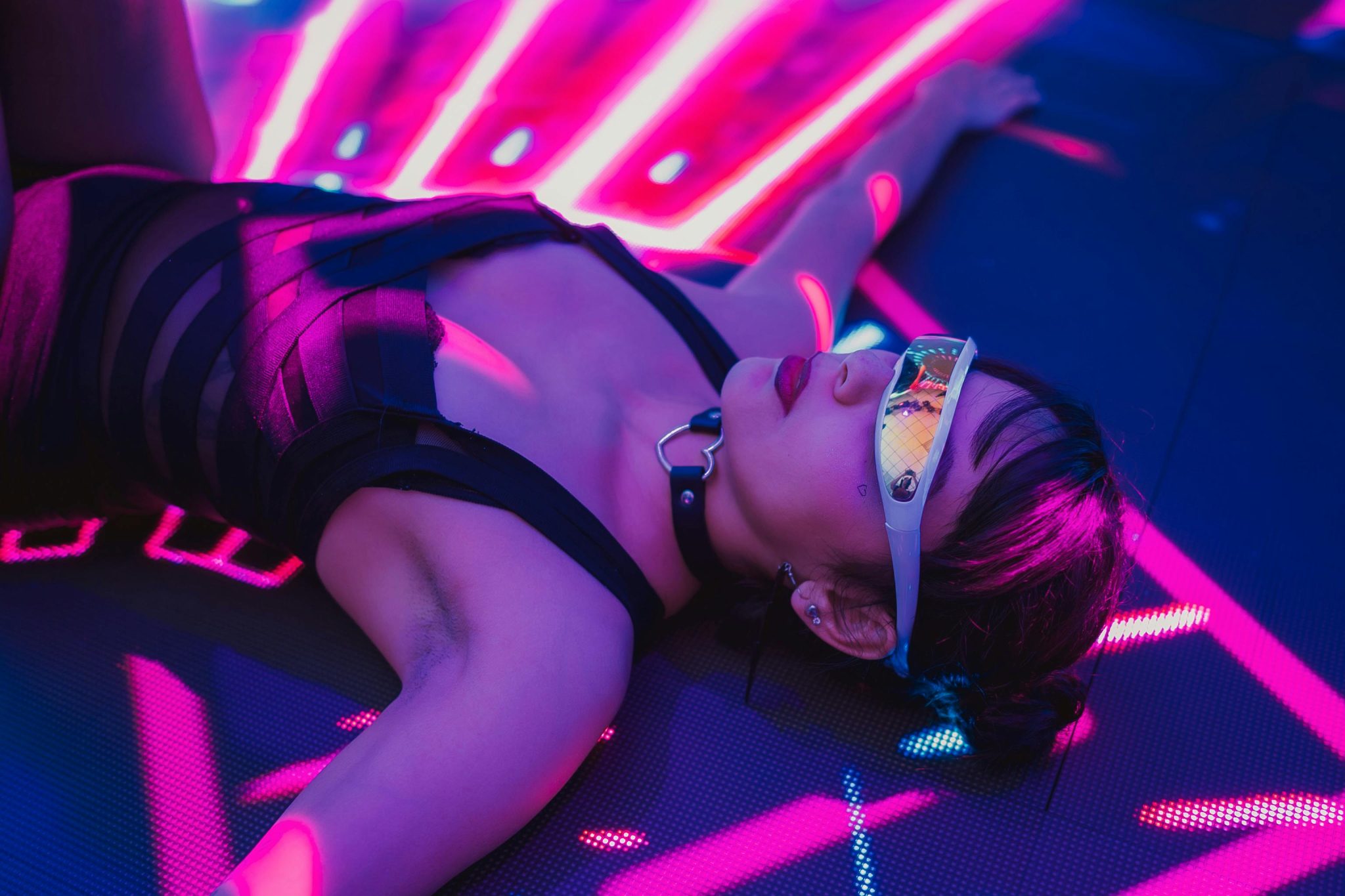
A prime example of a brand that has embraced the intersection of alternative fashion and music culture is Scummy Bears. Known for their bold, unique designs, outfits from Scummy Bears include a wide range of alternative, goth, and rave-inspired clothing that resonates with those who want to express their individuality through fashion. From rave jerseys to goth-inspired accessories, Scummy Bears blends the edgy aesthetic of alternative fashion with modern, high-quality designs that speak to music lovers who live for the night.
Scummy Bears’ rave jerseys, in particular, are a perfect example of how music and fashion come together. These jerseys are made for those who live for the festival scene, combining comfort, durability, and style to create the perfect piece of clothing for music lovers who want to stand out. By offering designs that reflect both the high-energy vibe of rave culture and the dark edge of goth fashion, Scummy Bears bridges the gap between these two powerful subcultures.
The brand’s ability to merge these diverse elements into one cohesive collection is a testament to the growing influence of alternative fashion on music culture. Scummy Bears doesn’t just sell clothes—they sell an experience, a way for individuals to connect with the music they love and express themselves through their clothing. As Scummy Bears proudly state: “Not just part of the scene—you are one.”
Conclusion
The influence of alternative fashion on music culture is undeniable. From goth fashion’s dark, introspective aesthetic to rave fashion’s vibrant, energetic vibe, these styles are not only a reflection of music culture but a key part of it. Through self-expression, music collaborations, and iconic brands like Scummy Bears, alternative fashion continues to shape how we experience music and how we present ourselves within music communities.
Alternative fashion has transcended its subcultural roots to become a global phenomenon, proving that goth, rave, and other alternative styles aren’t just trends—they’re an integral part of the music culture itself. As the lines between fashion and music continue to blur, alternative fashion will remain a defining force, allowing individuals to express their identities and connect with music in a deeply personal and meaningful way.


